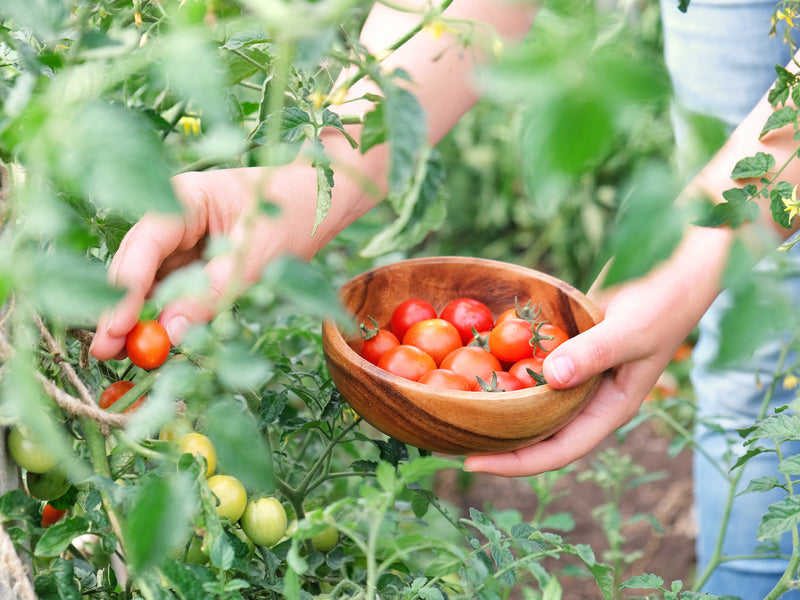Above ground beds, or raised beds, are a great option for a garden. Raised beds are essentially a large box with no top and often with no bottom.

WOOD CHOICES FOR RAISED BEDS
Cedar is usually the top choice for raised beds because it is rot resistant and a hard and long lasting wood. If redwood is available in your area this is an equally good choice.
Softer woods such as pine and douglas fir are more affordable but will not last as long as cedar and are not rot resistant.
Avoid using treated wood as it contains toxic chemicals that leach into the surrounding soil. Railway ties are especially toxic because they are treated with creosote which is harmful to plants and people.
ALTERNATIVES TO WOOD
Raised beds can be made using concrete blocks, stones, cinder blocks, logs, bricks and other similar items. Galvanized metal tubs are another option. Be sure, no matter what option you choose, that either there is no bottom or if there is, it has very good drainage. Plants roots don't like to sit in water.

SIZE & LOCATION
A raised bed should be no more than 4 feet wide so you can easily reach all your plants. If the raised bed is up against a wall and only accessible from one side, it would be best to keep your raised bed no more than 3 feet wide.
Choosing a good location for your raised bed will ensure your garden's success! Look for a location that gets 6-8 hours of direct sunlight a day. The location should be near a water source and also convenient to visit.
If you are doing more than one raised bed, I recommend keeping paths between wide enough to fit a wheelbarrow.

SOIL FOR RAISED BEDS

A simple and very good soil recipe for raised beds is equal parts Coarse Sand (or vermiculite or perlite), Top Soil and Compost. I'll break down each ingredient to understand the type and purpose for each.
Coarse Sand, Vermiculite or Perlite:
Coarse sand is also called horticulture sand or builders sand. This sand is gritty and measures about .5mm-1mm in size. The purpose of sand is to improve aeration and drainage in your soil.
Vermiculite is a natural mineral. It improves aeration and moisture retention in the soil. This may be a good choice if you live in a very dry climate because of it's moisture holding properties.
Perlite is a naturally occurring volcanic glass (don't worry, its very light and soft and not sharp). It improves aeration and drainage in your soil.
Top Soil:
This refers to the top layer of soil (usually between 5-10 deep) and where the highest concentrations of organic matter and microorganism live. If you have nice, weed-free top soil available to dig up, you can use that. If not, organic top soil can be purchased at your local garden center.
Compost:
This is decomposing organic matter. There are a few types of compost to consider: Farmyard manure (aged animal manure), homemade compost, leaf compost, mushroom compost and vericompost (worm casting). Our typical blend is 60% homemade compost (made from decomposed plants, wood, and food scraps) and 40% Worm Casting and Farmyard Manure. If you aren't ready to start making your own compost, mushroom, leaf, farmyard and vericompost can all be purchased commercially.
PLANTING TIME
Once your raised bed is filled its time to get planting! When planting seeds and seedlings in newly made beds, we recommend applying our Organic Starter & Transplanter Fertilizer which is rich with Mycorrhizal Fungi. “Myco” comes from the Latin word for fungus and “rhiza” is Greek for root. These “fungus roots” are greatly beneficial to most plants. The plants and fungi formed a symbiotic, or mutually beneficial, relationship where the plant give the fungi sugars and the fungi give the plants food and water. Plants then use less energy in search of water and food within the soil and can devote more of their energy to leaf and seed production. It is important to have the Organic Starter & Transplanter fertilizer make direct contact with the roots when planting.
Beyond helping your plants grow stronger, Mycorrhizal Fungi over time, when left undisturbed, greatly improves soil structure and health.













